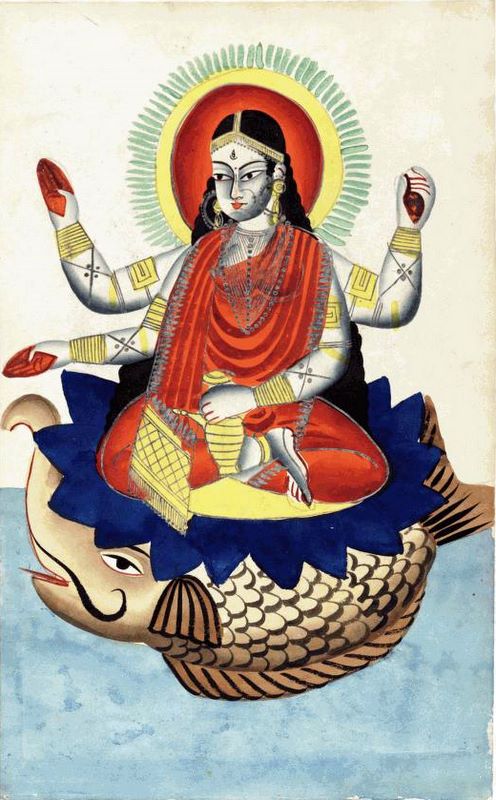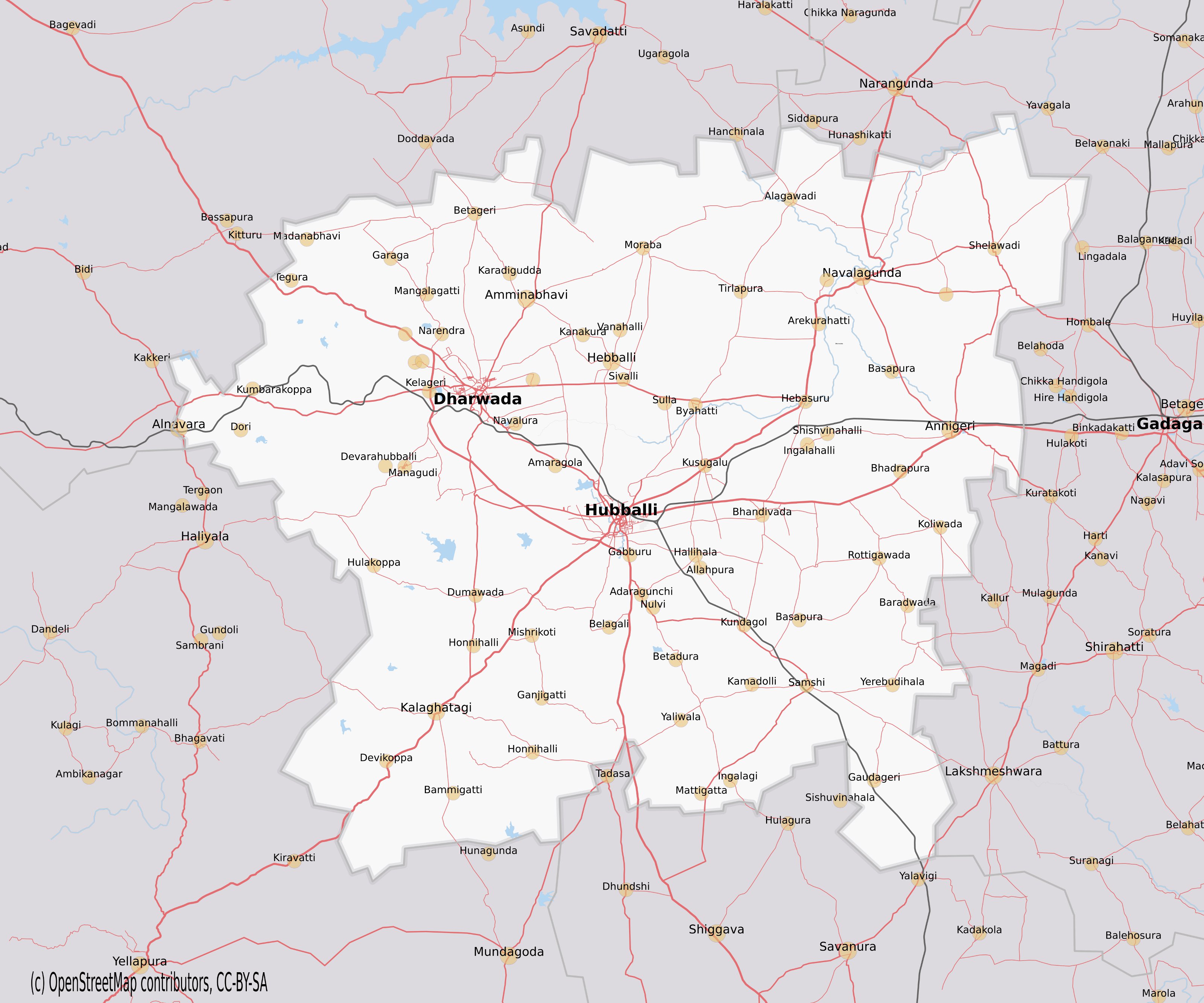|
Kirtimukha
Kirtimukha (Sanskrit: कीर्तिमुख ,', also ', a bahuvrihi compound translating to "glorious face") is the name of a swallowing fierce face with huge fangs, and gaping mouth, very common in the iconography of Hindu temple architecture in India and Southeast Asia, and often also found in Buddhist architecture. Unlike other Hindu legendary creatures, for example the sea-dwelling makara, the kirtimukha is essentially an ornamental motif in art, which has its origin in a legend from the Skanda Purana and the Shiva Purana. Origin and characteristics The word ''mukha'' in Sanskrit refers to the face while ''kīrti'' means "fame, glory". The story of Kirtimukha begins when the asura king Jalandhara, who "by virtue of extraordinary austerities ... accumulated to himself irresistible powers." In a burst of pride, he sent forth his messenger, the Hindu deity Rahu, whose main task is eclipsing the moon, to challenge Shiva. "The challenge ... was that Shiva should give up ... [...More Info...] [...Related Items...] OR: [Wikipedia] [Google] [Baidu] |
Makara (Hindu Mythology)
Makara () is a legendary sea-creature in Hindu mythology. In Hindu astrology, Makara is equivalent to the Zodiac sign Capricorn (astrology), Capricorn. Makara appears as the vahana (vehicle) of the river goddess Ganga in Hinduism, Ganga, Narmada#Significance in Hinduism, Narmada, and of the god of the ocean, Varuna. Makara are considered guardians of gateways and thresholds, protecting throne rooms as well as entryways to temples; it is the most commonly recurring creature in Hindu and Buddhist Hindu temple architecture, temple iconography, and also frequently appears as a gargoyle or as a spout attached to a natural spring. Makara-shaped earrings called ''Makarakundalas'' are sometimes worn by Hindu deities, for example Shiva, Vishnu, Surya, and Chandi. Makara is also the Dhvaja, insignia of the love god Kamadeva, who has no dedicated temples and is also known as ''Makaradhvaja'', "one whose flag depicts a makara". Etymology ''Makara'' is a Sanskrit word which means "sea-anim ... [...More Info...] [...Related Items...] OR: [Wikipedia] [Google] [Baidu] |
Kirtimukha
Kirtimukha (Sanskrit: कीर्तिमुख ,', also ', a bahuvrihi compound translating to "glorious face") is the name of a swallowing fierce face with huge fangs, and gaping mouth, very common in the iconography of Hindu temple architecture in India and Southeast Asia, and often also found in Buddhist architecture. Unlike other Hindu legendary creatures, for example the sea-dwelling makara, the kirtimukha is essentially an ornamental motif in art, which has its origin in a legend from the Skanda Purana and the Shiva Purana. Origin and characteristics The word ''mukha'' in Sanskrit refers to the face while ''kīrti'' means "fame, glory". The story of Kirtimukha begins when the asura king Jalandhara, who "by virtue of extraordinary austerities ... accumulated to himself irresistible powers." In a burst of pride, he sent forth his messenger, the Hindu deity Rahu, whose main task is eclipsing the moon, to challenge Shiva. "The challenge ... was that Shiva should give up ... [...More Info...] [...Related Items...] OR: [Wikipedia] [Google] [Baidu] |
Gavaksha
In Indian architecture, gavaksha or chandrashala (''kudu'' in Tamil, also nāsī) are the terms most often used to describe the motif centred on an ogee, circular or horseshoe arch that decorates many examples of Indian rock-cut architecture and later Indian structural temples and other buildings. In its original form, the arch is shaped like the cross-section of a barrel vault. It is called a chaitya arch when used on the facade of a chaitya hall, around the single large window. In later forms it develops well beyond this type, and becomes a very flexible unit, "the most common motif of Hindu temple architecture". ''Gavākṣha'' (or gavaksa) is a Sanskrit word which means "bull's or cow's eye". In Hindu temples, their role is envisioned as symbolically radiating the light and splendour of the central icon in its sanctum. Alternatively, they are described as providing a window for the deity to gaze out into the world. Like the whole of the classic chaitya, the form originated i ... [...More Info...] [...Related Items...] OR: [Wikipedia] [Google] [Baidu] |
Simhamukha
In Tibetan Buddhism, Siṃhamukhā (Tib. Senge Dongma) or Siṃhavaktra, also known as the Lion Face Dakini or Lion-headed Dakini, is a wisdom dakini of the Dzogchen tradition. She is represented as a Fierce deities, fierce dakini with the head of a snow lion. Her mouth is depicted with a roar, symbolizing untamed fury and jubilant laughter. Her roar disperses discursive thoughts. She is naked, symbolizing that she herself is completely free of discursive thought. She is considered to be an emanation or manifestation of Guhyajnana Dakini (the principal Dakini teacher of Padmasambhava in Uddiyana), or of Mandarava (one of his consorts), or of Sangwa Yeshe. She represents the accomplished female practitioner. As a meditation deity, her main function is averting magical attacks. Description According to the curators of the Himalayan Art Resources, the wisdom Dakini Simhamukha is visualized Retinue According to John Reynolds, Simhamukha Lineages There are at least two major li ... [...More Info...] [...Related Items...] OR: [Wikipedia] [Google] [Baidu] |
Borobudur
Borobudur, also transcribed Barabudur (, ), is a 9th-century Mahayana Buddhist temple in Magelang Regency, near the city of Magelang and the town of Muntilan, in Central Java, Indonesia. Constructed of gray andesite-like stone, the temple consists of nine stacked platforms, six square and three circular, topped by a central dome. It is decorated with 2,672 relief panels and originally 504 Buddhist art, Buddha statues. The central dome is surrounded by 72 Buddha statues, each seated inside a perforated stupa. The monument guides pilgrims through an extensive system of stairways and corridors with 1,460 narrative relief panels on the walls and the balustrades. Borobudur has one of the world's most extensive collections of Buddhist reliefs. Built during the reign of the Sailendra Dynasty, the temple design follows Javanese temple architecture, Javanese Buddhist architecture, which blends the Architecture of Indonesia, Indonesian indigenous tradition of ancestor worship and the Budd ... [...More Info...] [...Related Items...] OR: [Wikipedia] [Google] [Baidu] |
Sailendra
The Shailendra dynasty (, derived from Sanskrit combined words ''Śaila'' and ''Indra'', meaning "King of the Mountain", also spelled Sailendra, Syailendra or Selendra) was the name of a notable Indianised dynasty that emerged in 8th-century Java, whose reign signified a cultural renaissance in the region. The Shailendras were active promoters of Mahayana Buddhism and covered the Kedu Plain of Central Java with Buddhist monuments, one of which is the colossal stupa of Borobudur, now a UNESCO World Heritage Site. The Shailendras are considered to have been a thalassocracy and ruled vast swathes of maritime Southeast Asia; however, they also relied on agricultural pursuits, by way of intensive rice cultivation on the Kedu Plain of Central Java. The dynasty appeared to be the ruling family of the Mataram Kingdom of Central Java, and for some period, the Srivijaya Kingdom in Sumatra. The inscriptions created by Shailendras use three languages; Old Javanese, Old Malay, and Sa ... [...More Info...] [...Related Items...] OR: [Wikipedia] [Google] [Baidu] |
Karnataka
Karnataka ( ) is a States and union territories of India, state in the southwestern region of India. It was Unification of Karnataka, formed as Mysore State on 1 November 1956, with the passage of the States Reorganisation Act, 1956, States Reorganisation Act, and renamed ''Karnataka'' in 1973. The state is bordered by the Lakshadweep Sea to the west, Goa to the northwest, Maharashtra to the north, Telangana to the northeast, Andhra Pradesh to the east, Tamil Nadu to the southeast, and Kerala to the southwest. With 61,130,704 inhabitants at the 2011 census, Karnataka is the List of states and union territories of India by population, eighth-largest state by population, comprising 31 List of districts in India, districts. With 15,257,000 residents, the state capital Bengaluru is the largest city of Karnataka. The economy of Karnataka is among the most productive in the country with a gross state domestic product (GSDP) of and a per capita GSDP of for the financial year 2023– ... [...More Info...] [...Related Items...] OR: [Wikipedia] [Google] [Baidu] |
Chikkamagaluru District
Chikmagalur, officially Chikkamagaluru () is an administrative district in the Malnad subregion of Karnataka, India. It was called Kadur (''Cuddoor'') district till 1947. Coffee was first cultivated in India in Chikmagalur. The hills of Chikmagalur are parts of the Western Ghats and the source of Tunga River, Tunga and Bhadra River, Bhadra rivers. Mullayanagiri, the highest peak in Karnataka is located in the district. The area is well known for the Sringeri Mutt that houses the ''Dakshina Peeta'' established by Adi Shankaracharya. Etymology Chikmagalur district gets its name from its headquarters of Chikmagalur town. It is alternatively spelt as ''Chikkamagaluru'', also misspelt and mispronounced as ''Chikkamangaluru''. Chikmagalur literally means "The town of the younger daughter" in the Kannada language. The town is said to have been given as a dowry to the younger daughter of Rukmangada, the legendary chief of Sakrepatna and hence the name. History Chikmagalur is the region ... [...More Info...] [...Related Items...] OR: [Wikipedia] [Google] [Baidu] |
Amruthapura
The Amruteshvara temple also spelt "Amrutesvara" or "Amruteshwara", is located in the village of Amruthapura, 67 km north of Chikmagalur town in the Chikkamagaluru district of the Karnataka state, India. Located 110 km from Hassan and 50 km from Shimoga on NH 206, Amruthapura is known for the Amruteshvara temple. The temple was built in 1196 CE by Amrutheshwara ''Dandanayaka'' (''lit'', "commander") under Hoysala King Veera Ballala II. Amrutesvara temple The temple is a built according to Hoysala architecture with a wide open ''mantapa'' (hall).Foekema (1996), p37 The temple has an original outer wall with unique equally spaced circular carvings. The temple has one ''vimana'' (shrine and tower) and therefore is a ''ekakuta'' design,Quote:"Depending on the number of towers, temples are classified as ''ekakuta'' (one), ''dvikuta'' (two), ''trikuta'' (three), ''chatushkuta'' (four) and ''panchakuta'' (five). The last two types are rare. Sometimes a ''tri ... [...More Info...] [...Related Items...] OR: [Wikipedia] [Google] [Baidu] |
Dharwad District
Dharwad or Dharawada is an administrative district of the state of Karnataka in southern India. The administrative headquarters of the district is the city of Dharwad, also known as Dharwar. Dharwad is located 425 km northwest of Bangalore and 421 km southeast of Pune, on the main highway between Chennai and Pune, the National Highway 4 (India, old numbering), National Highway 4 (NH4). Before 1997 the district had an area of 13738 km2. In 1997, the new districts of Gadag district, Gadag and Haveri district, Haveri were carved out of Dharwad's former territory, and a portion of Dharwad district was combined with lands formerly part of three other districts to create the new district of Davanagere. History Historical studies show that people from Lower Paleolithic, early Paleolithic age inhabited Dharwad district. The district was ruled by various dynasties from the 5th century onwards, Important among them are Badami Chalukya architecture, Badami and Kalyan ... [...More Info...] [...Related Items...] OR: [Wikipedia] [Google] [Baidu] |
Annigeri
Annigeri is a taluk of Dharwad district in the state of Karnataka, India, located 20 km west of Gadag en route to Hubli and 35 km from Hubli. Introduction Annigeri ()is the place of birth of the famous Kannada poet Adikavi Pampa (). It is well known for the black stone temple built by the Western Chalukya Empire. known as Amruteshwara Temple. A temple of mythological figures supported by 76 columns, located in the Dharwad district, and has a derasar dedicated to Parshva, the 23rd Tirthankara in Jainism. Annigeri also has temples dedicated to Banashankari, Basappa, Gajina Basappa and Hanuman. There is an ancient Lingayati temple near the railway station. Annigeri has seven mosques and two Lingayatism, Lingayati Mathas. History Annigeri was an important political and cultural center in the past. Various kings like the Chalukya dynasty, Seuna Yadavas of Devagiri and the Hoysala Empire annexed the town, which once formed part of the kingdoms of the Kalachuris of Kalyani ... [...More Info...] [...Related Items...] OR: [Wikipedia] [Google] [Baidu] |







